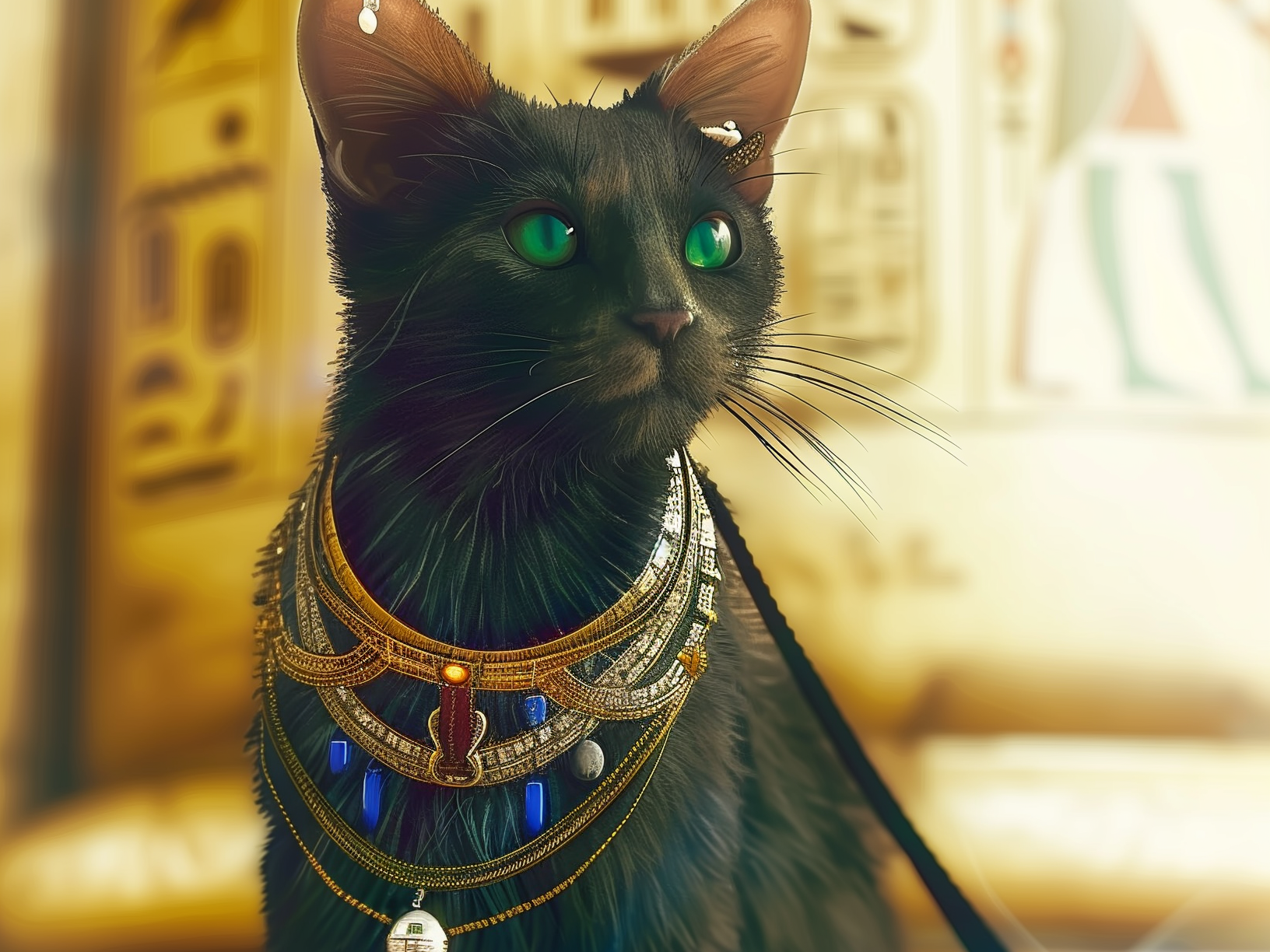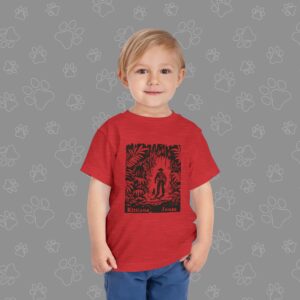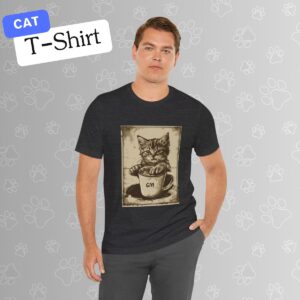History of Cats

Key Takeaways
| Topic | Summary |
|---|---|
| Ancient Origins | Cats were first domesticated in the Near East around 9,000 years ago. |
| Egyptian Reverence | Ancient Egyptians worshipped cats and integrated them into daily life and religion. |
| Medieval Perception | Cats had a mixed reputation in medieval Europe, often linked to superstitions. |
| Renaissance to Modern Era | The Renaissance brought a renewed appreciation for cats, leading to their widespread domestication. |
| Modern Domestication | Today, cats are beloved pets worldwide, with diverse breeds and roles in human society. |
Ancient Origins
Cats have a fascinating history that dates back thousands of years. The domestication of cats is believed to have started in the Near East around 9,000 years ago. Evidence suggests that wild cats began to live near human settlements, attracted by the abundance of rodents that thrived in agricultural communities. Over time, a mutually beneficial relationship developed between humans and cats.
Egyptian Reverence
One of the most notable periods in the history of cats is their role in ancient Egyptian society. Egyptians revered cats for their hunting prowess and spiritual significance. Cats were associated with the goddess Bastet, who symbolized home, fertility, and protection. They were so highly valued that harming a cat, even accidentally, was punishable by death.
Cats were often depicted in Egyptian art, and many families kept them as pets. They also played a crucial role in protecting grain stores from pests, which was vital for the Egyptian economy. The reverence for cats in Egypt contributed significantly to their spread and domestication across other regions.
Medieval Perception
The perception of cats changed significantly during the medieval period in Europe. While they continued to serve practical purposes, such as controlling rodent populations, cats also became associated with various superstitions. In many parts of Europe, they were linked to witchcraft and the devil, which led to widespread persecution of cats during events like the Black Death, as people believed they were linked to the plague.
However, despite these negative associations, cats remained valuable for their ability to keep homes and food supplies free from pests. This practical necessity helped ensure their survival and eventual resurgence in popularity.
Renaissance to Modern Era
The Renaissance marked a turning point in the perception of cats in Europe. With the resurgence of art, culture, and science, cats began to be appreciated for their companionship and beauty, as well as their practical benefits. They appeared more frequently in artwork, symbolizing various themes such as independence and mystery. This period also saw the rise of the idea of cats as cherished pets, a shift from their earlier utilitarian roles.
During the 18th and 19th centuries, cats continued to grow in popularity. They were featured in literature, art, and even in the homes of famous figures, further cementing their status as beloved companions. The Industrial Revolution brought about changes in living conditions, with many people moving to urban areas. Cats adapted well to these environments, where their rodent-catching skills were highly valued.
Modern Domestication
In the 20th and 21st centuries, cats have become one of the most popular pets worldwide. Advances in veterinary medicine, improved understanding of feline behavior, and the development of specialized cat products have all contributed to their well-being and popularity. Today, there are numerous cat breeds, each with unique characteristics and traits, making it easier for people to find a cat that fits their lifestyle and preferences.
The role of cats in human society has also evolved. Beyond being pets, cats have become internet celebrities, therapy animals, and even stars in movies and advertisements. The bond between humans and cats continues to grow stronger, with cats being recognized for their ability to provide emotional support and companionship.
For more insights into the various aspects of cats in today’s world, you can explore topics like Cat Breeds, Cat Behavior, and Cat Health and Wellness.
Timeline of Cat Domestication
| Year (approx.) | Milestone |
|---|---|
| 7500 BCE | Evidence of cat domestication in the Near East |
| 3000 BCE | Cats revered and domesticated in Ancient Egypt |
| 500 BCE | Cats spread to Greece and Rome |
| 1000 CE | Cats gain mixed reputation in Medieval Europe |
| 1500 CE | Renaissance leads to renewed appreciation for cats in Europe |
| 1800 CE | Industrial Revolution sees cats becoming common household pets |
| 1900 CE | Rise of modern veterinary practices and specialized cat care products |
| 2000 CE | Cats become one of the most popular pets worldwide, with diverse breeds |
Popular Cat Breeds
| Breed | Popularity (%) |
|---|---|
| Domestic Shorthair | 25% |
| Maine Coon | 15% |
| Siamese | 10% |
| Persian | 10% |
| Bengal | 8% |
| Others | 32% |
From their ancient origins to their revered status in Egyptian society, and through their journey across different cultures and eras, cats have maintained a unique and enduring relationship with humans. Today, cats are cherished members of countless households, beloved for their companionship, charm, and independent spirit. Understanding their rich history and diverse roles can deepen our appreciation for these fascinating animals.
Popular Catsky Store Products
Find us on Etsy @ https://catskydesigns.etsy.com
-
TACOCAT Playful Palindrome Cat T-Shirt
$19.99 – $24.99 -
Kids’ Safari ‘Kittiana Jones’ Cat Adventure Graphic T-Shirt
$17.99 -
Good Morning Coffee Shirt, GM Cat
$19.99 – $21.99


